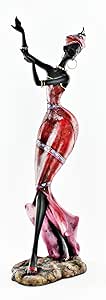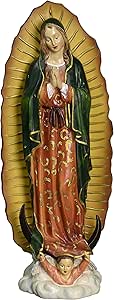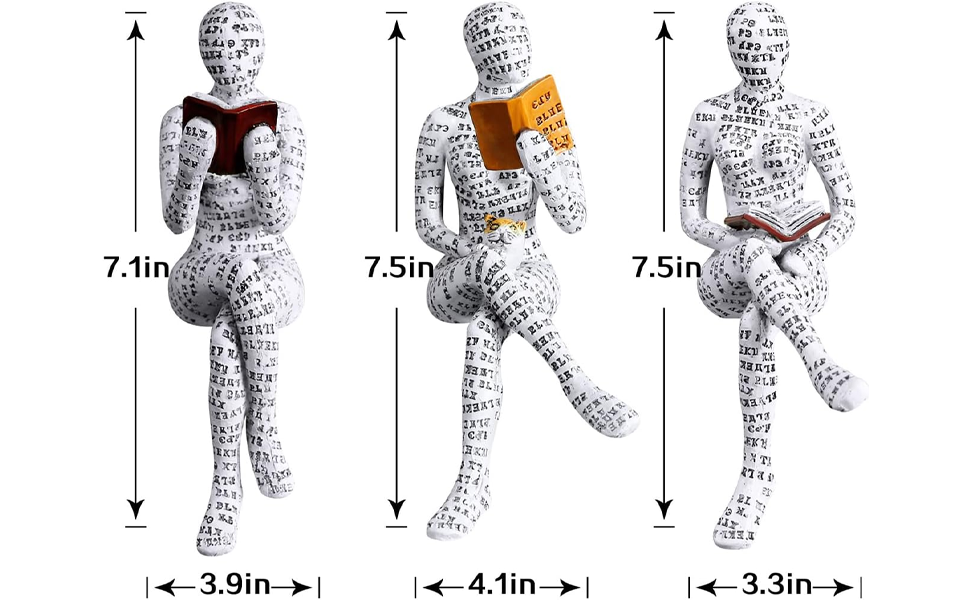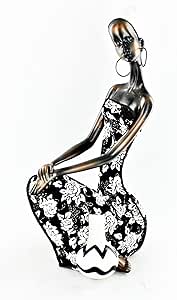The statues of Our Lady, representing the Virgin Mary, have been a significant aspect of Christian art and devotion for centuries. These figures serve not only as artistic expressions but also as vital components of worship and cultural identity. From the early days of Christianity to contemporary interpretations, the evolution of Our Lady statues reflects changes in theology, aesthetics, and societal values. This article explores the rich history of these statues, their significance, and their modern-day manifestations.
Origins of Our Lady Statues
The tradition of creating statues of the Virgin Mary can be traced back to the early centuries of Christianity. As the faith spread across different regions, so did the artistic representations of Mary. Early depictions were often simple and symbolic, reflecting the theological emphasis on her role as the mother of Jesus.
- Early Christian Art (1st to 4th Century): The earliest images of Mary were found in catacombs, depicted in a more abstract form, often accompanied by Christ or other saints.
- Byzantine Influence (4th to 15th Century): The Byzantine Empire significantly influenced Marian iconography. The “Hodegetria” (She Who Shows the Way) became a prominent representation, depicting Mary holding the child Jesus while pointing towards him.
These early representations were not merely decorative but served educational purposes, teaching the faithful about the life and virtues of the Virgin Mary.
Medieval Marian Devotion
The Middle Ages marked a significant turning point in the devotion to Mary, and this was reflected in the art of the time. The rise of Marian feasts and the establishment of the cult of the Virgin led to more elaborate and personal representations of Our Lady.
- Gothic Art (12th to 16th Century): This period saw the emergence of more naturalistic representations of Mary. Statues became more lifelike and expressive, emphasizing her maternal qualities.
- Madonnas of the Renaissance (15th to 17th Century): Artists like Michelangelo and Raphael created iconic images of Mary, showcasing her beauty and grace. The “Madonna of the Fish” and “Sistine Madonna” are prime examples that highlight the artistic innovation of this period.
During this era, the veneration of Mary became deeply ingrained in European culture, with many churches and cathedrals dedicating altars to her. Statues became focal points for prayer, devotion, and pilgrimage.
Baroque to Romanticism: The Height of Marian Imagery

The Baroque period (17th to 18th century) brought about dramatic changes in the portrayal of Our Lady statues. Artists began to emphasize emotion and movement, creating dynamic and theatrical representations that aimed to evoke a deep spiritual response.
- Baroque Statues: These statues often featured elaborate details, rich colors, and intricate drapery. They were designed to engage the viewer’s senses and evoke a sense of awe.
- Romanticism (19th Century): This movement saw a renewed interest in emotional expression and the individual experience of faith. Statues of Mary often depicted her in a more personal and relatable manner, reflecting the sentiments of the time.
As the Industrial Revolution changed society, Marian devotion remained a source of comfort and hope for many. Statues were produced en masse, becoming accessible to a broader audience.
The 20th Century: Modern Interpretations

The 20th century introduced new artistic styles and ideologies, leading to diverse interpretations of Our Lady statues. Artists began to experiment with materials, forms, and concepts, breaking away from traditional representations.
- Modernism: Artists like Henry Moore and Salvador Dalí created abstract and conceptual representations of Mary, emphasizing her universal significance over specific cultural depictions.
- Post-Vatican II Changes: The Second Vatican Council (1962-1965) encouraged a renewal of liturgical practices. This included a reevaluation of Marian devotion, leading to more contemporary and inclusive representations.
Many modern sculptures reflect themes of social justice, peace, and the empowerment of women, connecting the figure of Mary to contemporary issues and movements.
Case Studies: Iconic Our Lady Statues

Throughout history, certain statues of Our Lady have gained significant recognition and have become pilgrimage sites for millions. Here are a few notable examples:
- Our Lady of Guadalupe: This icon, venerated in Mexico, is one of the most beloved representations of Mary. The story of her apparition in 1531 has made her a symbol of hope and faith in Latin America.
- Our Lady of Lourdes: The statue associated with the Marian apparitions in Lourdes, France, has become a central figure of healing and miracles, attracting millions of pilgrims each year.
- Our Lady of Fatima: The apparitions in Fatima, Portugal, in 1917 led to the creation of statues that embody messages of peace and conversion, resonating deeply with the Catholic faithful.
These statues not only serve as artistic masterpieces but also as powerful symbols of faith, hope, and cultural identity.
Modern-Day Statues and Their Significance

In recent years, the creation of Our Lady statues has continued to thrive, with artists exploring new materials and techniques. Contemporary sculptures often reflect diversity and inclusivity, emphasizing the universal nature of Mary.
- Community Art Projects: Many communities have come together to create local representations of Mary, fostering a sense of belonging and shared faith.
- Environmental Art: Some modern artists incorporate natural materials and themes, highlighting Mary’s connection to creation and the environment.
These modern interpretations are not only aesthetically appealing but also serve to engage younger generations in the tradition of Marian devotion.
The Role of Technology in Marian Statues

Advancements in technology have also influenced the creation and dissemination of Our Lady statues. Digital art and 3D printing have opened new avenues for artists, allowing for innovative designs that were previously unimaginable.
- 3D Printed Statues: These technologies enable artists to create intricate designs that are both cost-effective and accessible.
- Virtual Reality Experiences: Some organizations have begun to use VR to create immersive experiences centered around Marian devotion, allowing individuals to interact with representations of Mary in unique and engaging ways.
Conclusion: The Enduring Legacy of Our Lady Statues

The history of Our Lady statues is a testament to the enduring nature of faith and the human desire for connection with the divine. From their humble beginnings in early Christian art to the innovative expressions of today, these statues reflect the evolving relationship between culture, spirituality, and art.
As we look to the future, the significance of Our Lady statues remains strong. They continue to inspire devotion, foster community, and serve as powerful symbols of hope and compassion in an ever-changing world. Whether through traditional craftsmanship or modern technology, the legacy of Our Lady statues will undoubtedly endure, continuing to touch the hearts of believers for generations to come.


